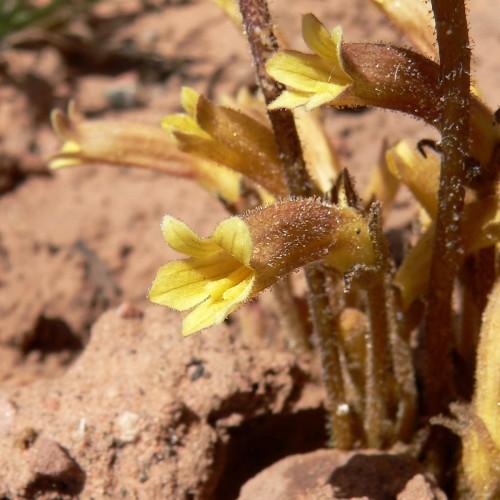
Clustered Broomrape
Aphyllon fasciculatum
Watering:
Minimal
Hardiness Zone:
Flowers:
Flowers
Sun:
full sun
Fruits:
Fruits Ready In Summer
Growth Rate:
Low
Drought Tolerant:
Yes
Care Level:
Medium
watering
California Broomrape typically requires little to no supplemental watering during its dormant period, which is typically from late Fall to early Spring. During the active growth period, which is typically from late spring to early Fall, it should be watered about once a week, or when its soil is dry 1-2 inches deep. When watering, provide approximately 1-2 gallons of water for each mature plant. It is recommended that watering be done in the morning or late evening.
sunlight
The California Broomrape (Aphyllon californicum subsp. californicum) is a plant species that thrives in sunlight. This plant enjoys full sun to partial shade, with 6 to 8 hours of sunlight per day being ideal. It is important that the California Broomrape is not exposed to any extended periods of direct midday sunlight, as this can result in wilting or scorched foliage. It is best to place the plant in a position where it will receive several hours of direct sunlight in the morning and a few hours in the late afternoon or evening.
pruning
Pruning for California Broomrape should occur in the late spring and early summer after the plant has bloomed. Prune back spent flower stems and thin out areas with excessive growth. Pruning should be done selectively, as there are densely-packed, branched stems which may be sacrificed for a more open, structural look. Avoid cutting stems too short, or too drastically, as the plant may not respond and could be damaged.
